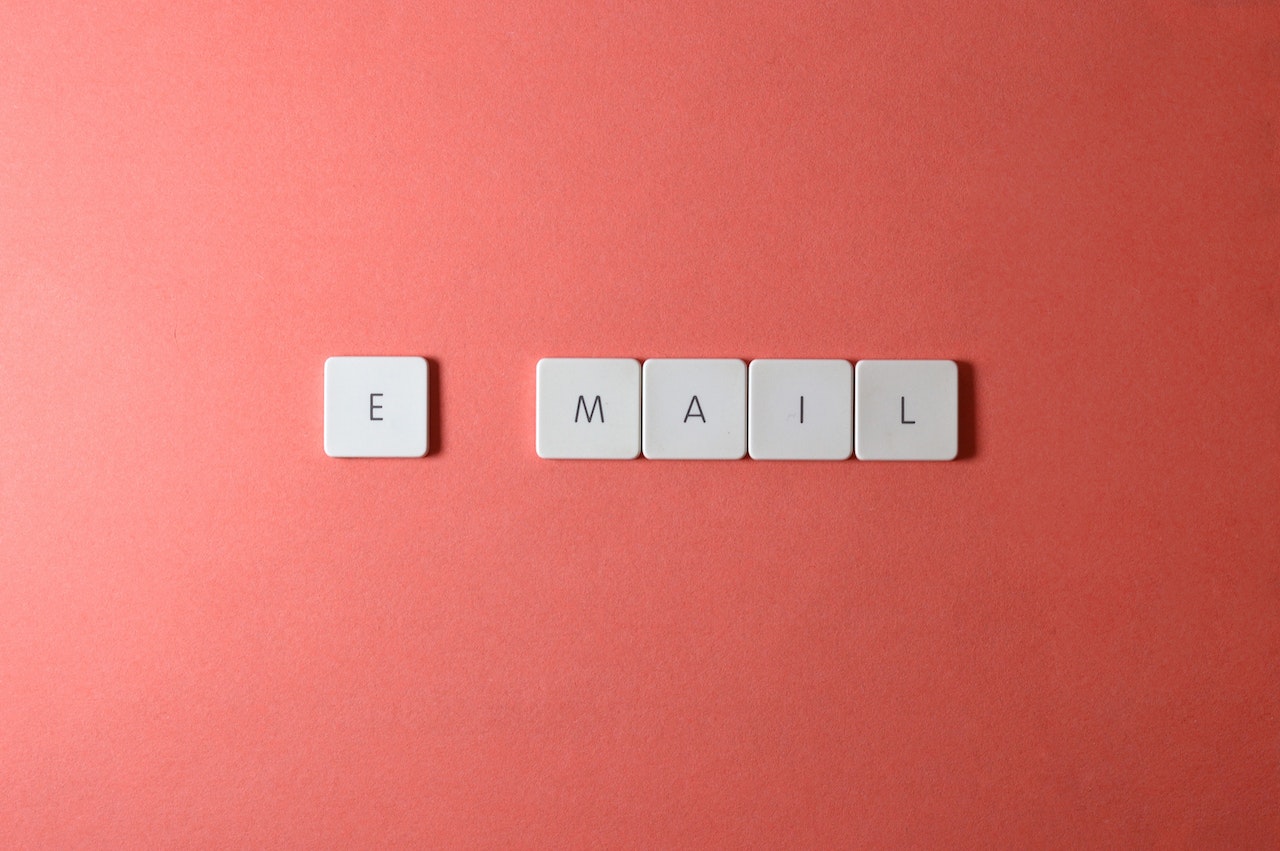Unlocking the Power of Segmentation in Email Marketing: Strategies and Benefits

As email marketing continues to be one of the most effective ways to reach and engage with customers, it’s essential to ensure that your message is relevant and personalized. One of the best ways to achieve this is through segmentation, a strategy that divides your email list into smaller groups based on specific criteria. By tailoring your message to each group, you can increase open rates, click-through rates, and overall engagement.
In this article, we will explore the importance of segmentation in email marketing and provide actionable tips for implementing effective segmentation strategies.
Understanding the Importance of Segmentation in Email Marketing
Segmentation is essential in email marketing because it allows you to deliver more relevant and personalized content to your subscribers. When you send targeted messages that resonate with the recipient, you are more likely to engage their interest and motivate them to take action. Additionally, segmentation can help you avoid sending irrelevant or unwanted content, which can lead to higher unsubscribe rates and damage your reputation as a sender.
Identifying Segmentation Criteria for Your Email List
To begin segmenting your email list, you need to identify the criteria that will be used to divide subscribers into different groups. This could include demographic data such as age, location, or job title, or behavioral data such as purchase history or engagement with previous campaigns. It’s important to choose criteria that are relevant to your business and your subscribers, and that will enable you to create targeted campaigns that address specific needs and interests.
Creating Targeted Campaigns for Different Segments
Once you have identified your segmentation criteria, you can begin creating targeted campaigns for each segment. This might involve developing different messaging, offers, or calls to action for each group, or customizing the design and layout of your emails to align with their preferences. By tailoring your content to the specific interests and needs of each segment, you can improve engagement and ultimately drive better results.
Personalizing Your Message to Increase Engagement
Personalization is a key element of effective segmentation, as it allows you to address subscribers by name, reference their previous interactions with your brand, or recommend products or services based on their past behavior. This can help you build stronger relationships with your audience and increase the likelihood that they will respond to your messages.
Maximizing Conversion Rates with Segmentation
By delivering more relevant and personalized content, segmentation can also help you improve your conversion rates. When subscribers receive targeted messages that align with their interests and needs, they are more likely to take action, whether that’s making a purchase, filling out a form, or sharing your content on social media.
Avoiding Common Mistakes in Segmentation Strategies
While segmentation can be a powerful tool for improving your email marketing, it’s important to approach it strategically and avoid common pitfalls. These might include relying on too few segmentation criteria, failing to regularly update your segments, or sending irrelevant content to subscribers. By being mindful of these risks and adjusting your strategies accordingly, you can ensure that your segmentation efforts are effective and successful.
Measuring and Analyzing Performance to Optimize Your Segmentation Strategy
Finally, it’s important to regularly measure and analyze the performance of your segmentation strategies. This can involve tracking metrics such as open rates, click-through rates, and conversion rates for each segment, and using that data to refine your targeting and messaging. By continually optimizing your segmentation strategy, you can maximize the effectiveness of your email marketing campaigns and drive better results for your business.
In conclusion, segmentation is a crucial element of effective email marketing. By dividing your list into smaller, more targeted groups and tailoring your content to the specific needs and interests of each segment, you can improve engagement, drive conversions, and ultimately achieve better results.





